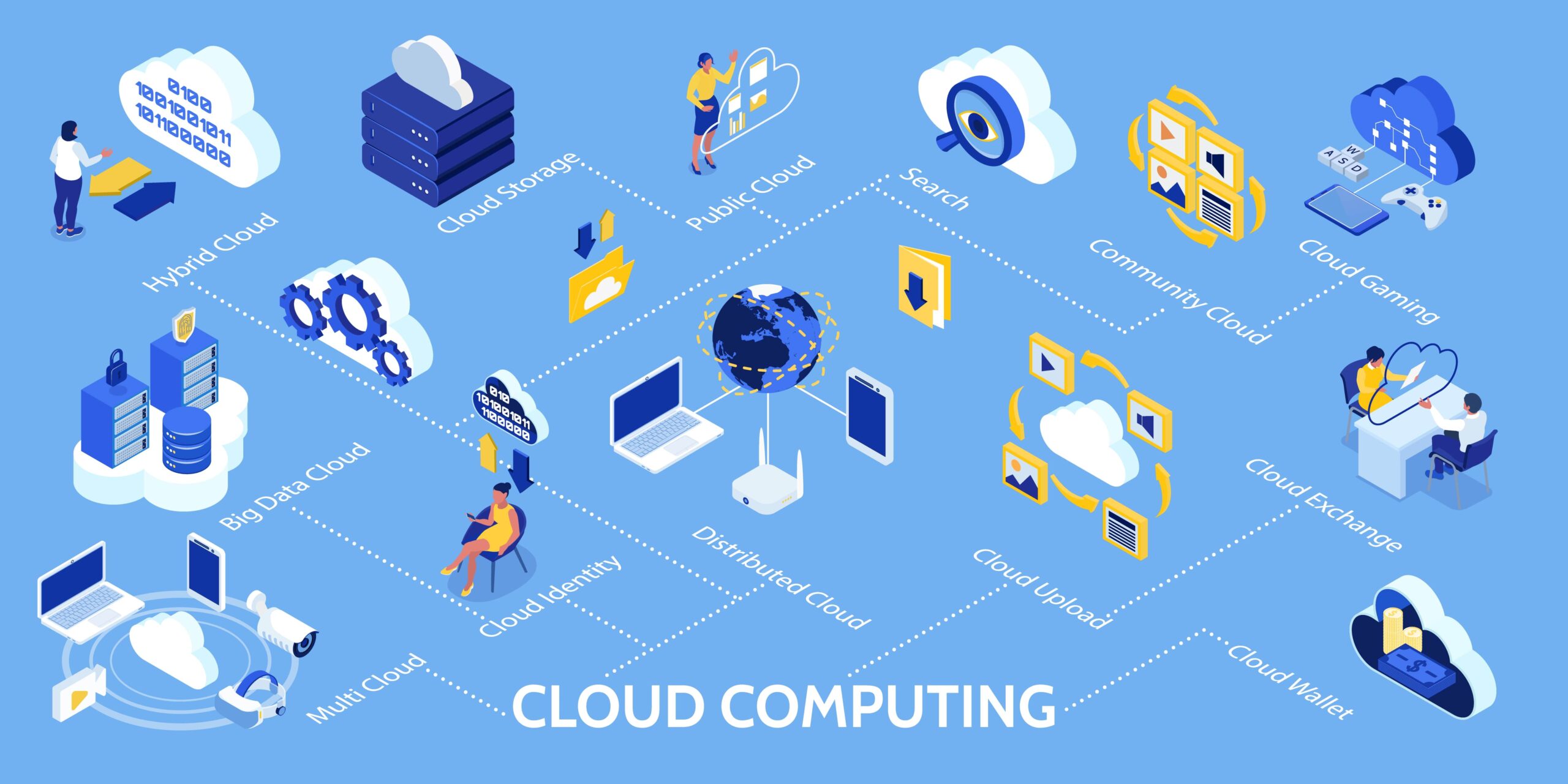In the realm of cloud computing, businesses are increasingly opting to migrate their applications and infrastructure to cloud environments. This shift offers numerous advantages, including scalability, cost-efficiency, and enhanced security. However, the process of migrating to the cloud isn’t one-size-fits-all; rather, it involves strategic decisions about how existing systems and applications will be transitioned. Two primary approaches to cloud migration are commonly discussed: Lift & Shift and Refactoring.
Lift & Shift: The Basics
Lift & Shift, also known as “rehosting,” represents a straightforward approach to cloud migration. In essence, it involves moving applications and infrastructure from an on-premises environment to the cloud with minimal modification. The primary goal of Lift & Shift is rapid migration, aiming to achieve the benefits of cloud infrastructure (such as scalability and reduced maintenance overhead) without redesigning the application architecture.
Advantages of Lift & Shift
- Minimal Disruption: By retaining the existing architecture and configurations, Lift & Shift minimizes the need for extensive retraining or redevelopment.
- Quick Deployment: The migration process is typically faster compared to other approaches, allowing businesses to quickly leverage cloud benefits.
- Cost-Efficiency: Initial costs may be lower as there’s less time spent on redesign and development.
Limitations of Lift & Shift
- Missed Optimization Opportunities: Applications may not fully utilize cloud-native features, potentially leading to suboptimal performance and higher costs in the long term.
- Limited Scalability: While scalable infrastructure is available, the application itself may not be designed to take full advantage of cloud scalability.
Refactoring: The Art of Transformation
Refactoring, also known as “restructuring” or “re-architecting,” takes a more transformative approach to cloud migration. Instead of simply relocating applications, Refactoring involves optimizing them for cloud-native environments. This process may include rethinking the architecture, redesigning components, and often involves adopting cloud-native services.
Advantages of Refactoring
- Optimized Performance: Applications can leverage cloud-native features like serverless computing, containers, and managed services, optimizing performance and efficiency.
- Enhanced Scalability: By redesigning for scalability, applications can dynamically adjust resources based on demand, improving overall efficiency.
- Improved Security: Cloud-native architectures often benefit from enhanced security features provided by cloud providers, bolstering overall security posture.
Challenges of Refactoring
- Complexity: Refactoring requires significant upfront planning, design, and development effort, potentially leading to longer migration timelines.
- Cost Considerations: While long-term cost savings can be substantial, initial migration costs may be higher due to the need for redesign and development.
Choosing the Right Approach
The decision between Lift & Shift and Refactoring depends on several factors:
- Current State of Applications: Applications with tightly coupled components may be more challenging to refactor.
- Business Objectives: Immediate cost savings vs. long-term optimization and innovation goals.
- Timeline: Urgency of migration and downtime considerations.
Case Studies and Real-World Examples
Lift & Shift in Action
Case Study: Retail Company A
Retail Company A migrated its legacy e-commerce platform to the cloud using a Lift & Shift approach. By moving their existing VMs and databases to a cloud provider, they quickly gained scalability and reduced their on-premises infrastructure costs.
Refactoring Success Stories
Case Study: Software Development Firm B
Software Development Firm B refactored its monolithic application into microservices architecture during migration. This enabled them to scale independently, utilize cloud-native databases, and integrate with AI/ML services for enhanced customer insights.
Conclusion
In conclusion, while both Lift & Shift and Refactoring offer pathways to cloud migration, their suitability depends on the specific needs and objectives of each organization. Lift & Shift provides a rapid entry into cloud environments with minimal disruption but may miss out on the full potential of cloud-native capabilities. Refactoring, on the other hand, promises optimized performance, scalability, and security but requires more upfront investment and expertise. Ultimately, the choice between the two approaches should align with an organization’s long-term cloud strategy and business goals.



